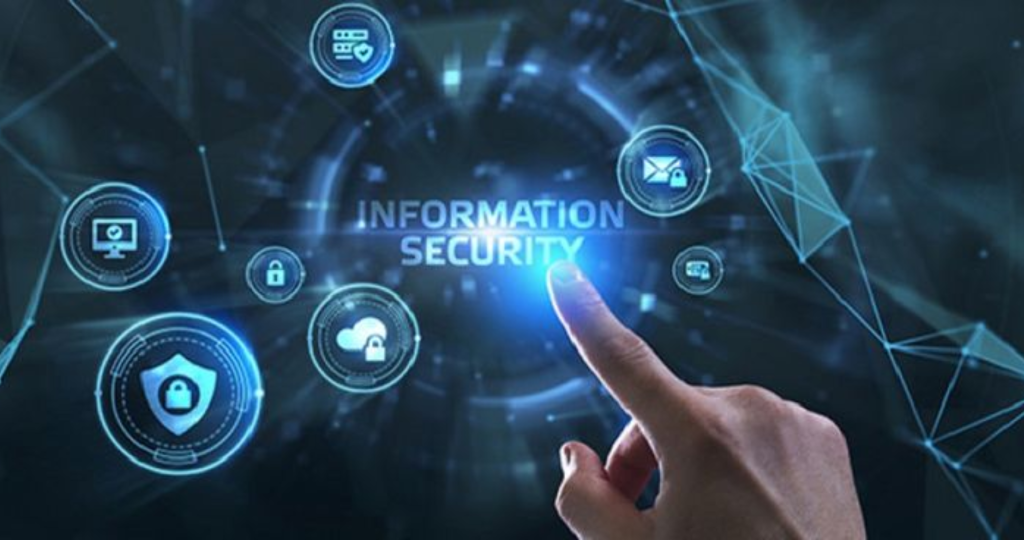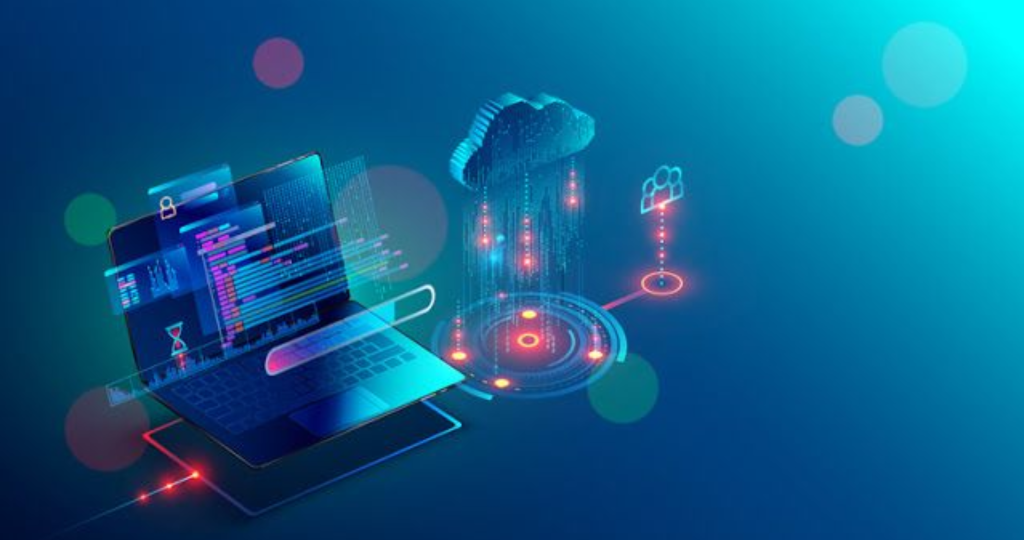In an era where data is considered the new oil, the significance of cybersecurity has never been more profound. With an increasing reliance on digital platforms, both individuals and organizations are more exposed to potential cyber threats than ever before. This article explores the growing importance of cybersecurity, its current state, and the technologies that are shaping the future of data protection.
Introduction
The digital transformation of businesses and daily life has led to the creation of vast amounts of data. From personal information to corporate secrets, this data holds immense value. However, with value comes vulnerability. Cybercriminals, hackers, and malicious actors are constantly devising new methods to breach security systems and exploit this valuable information. The role of cybersecurity is to protect these data assets from such threats, ensuring the confidentiality, integrity, and availability of information.
As the internet of things (IoT), artificial intelligence (AI), and cloud computing continue to advance, the complexity of cybersecurity challenges will only increase. To safeguard our digital world, it is essential to understand the evolving nature of cybersecurity threats and the tools being developed to combat them.

1. The Growing Importance of Cybersecurity
Over the past decade, we have witnessed a surge in cyberattacks targeting businesses, governments, and individuals. High-profile breaches such as the Equifax data breach in 2017, the WannaCry ransomware attack in 2017, and the SolarWinds hack in 2020 have highlighted the vulnerabilities present in global digital infrastructure. These incidents caused financial losses, compromised sensitive information, and undermined public trust in digital systems.
As businesses digitize operations and adopt cloud-based services, they create new entry points for attackers. Ransomware attacks, for example, have become more sophisticated, with hackers targeting critical infrastructure, healthcare institutions, and educational systems. Additionally, phishing attacks continue to be a prevalent method of gaining unauthorized access to sensitive data.
Governments and organizations are now investing heavily in cybersecurity initiatives to protect against these ever-evolving threats. According to a report by Gartner, global spending on cybersecurity is expected to exceed $170 billion in 2022, emphasizing the critical need for robust security measures.
2. Types of Cybersecurity Threats
Cybersecurity threats can take many forms, each with its own set of tactics, techniques, and procedures. Some of the most common types of threats include:
a. Malware
Malware refers to malicious software that is designed to infiltrate, damage, or disrupt systems. Common types of malware include viruses, worms, Trojans, and ransomware. Ransomware, in particular, has become a significant threat, as cybercriminals encrypt a victim’s data and demand payment for its release.
b. Phishing
Phishing is a technique in which attackers impersonate legitimate organizations or individuals to trick victims into providing sensitive information, such as passwords, credit card numbers, or social security numbers. Phishing can occur via email, phone calls, or even social media platforms.
c. Denial-of-Service (DoS) Attacks
Denial-of-Service (DoS) attacks occur when attackers overwhelm a network or website with excessive traffic, causing it to become slow or unavailable to legitimate users. Distributed Denial-of-Service (DDoS) attacks, which use multiple systems to execute the attack, are even more powerful and can bring down entire networks.
d. Insider Threats
While most cybersecurity threats come from external sources, insider threats are a significant concern. Employees, contractors, or other trusted individuals within an organization may intentionally or unintentionally compromise data security. Insider threats can result in data breaches, intellectual property theft, or system sabotage.
e. Advanced Persistent Threats (APTs)
Advanced Persistent Threats (APTs) are prolonged and targeted attacks aimed at gaining unauthorized access to sensitive information over an extended period. These attacks are typically carried out by well-funded cybercriminal organizations or nation-state actors. APTs often involve sophisticated techniques, including spear-phishing and malware infiltration.

3. Current Cybersecurity Technologies
To defend against the increasing number and complexity of cyber threats, a wide range of cybersecurity technologies have been developed. These technologies are designed to prevent, detect, and respond to cyberattacks in real-time.
a. Firewalls
Firewalls are one of the most fundamental cybersecurity tools used to monitor and control incoming and outgoing network traffic. They serve as a barrier between a trusted internal network and an untrusted external network, such as the internet. Firewalls can be hardware-based, software-based, or a combination of both. Cybersecurity and Data Protection.
b. Antivirus and Anti-Malware Software
Antivirus and anti-malware software are designed to detect and remove malicious software from a computer or network. These tools use signature-based detection to identify known threats, as well as heuristic-based detection to identify new and unknown threats.
c. Encryption
Encryption is a technique used to protect sensitive data by converting it into an unreadable format. Only authorized parties with the correct decryption key can access the original data. Encryption is widely used to protect data at rest (e.g., stored files) and data in transit (e.g., communications over the internet). Cybersecurity and Data Protection.
d. Multi-Factor Authentication (MFA)
Multi-Factor Authentication (MFA) adds an extra layer of security by requiring users to provide two or more forms of identification before accessing a system. Typically, MFA involves a combination of something the user knows (e.g., a password), something the user has (e.g., a mobile device), and something the user is (e.g., biometric data).
e. Intrusion Detection Systems (IDS)
Intrusion Detection Systems (IDS) are designed to detect and alert security teams to potential threats. IDS can monitor network traffic, system logs, and user behavior to identify signs of an attack, such as unusual login attempts or data exfiltration.
f. Security Information and Event Management (SIEM)
Security Information and Event Management (SIEM) platforms aggregate and analyze security data from multiple sources to detect and respond to threats in real time. SIEM systems can correlate events, identify patterns, and provide security teams with actionable insights for mitigating risks. Cybersecurity and Data Protection.

4. The Future of Cybersecurity
As cyber threats continue to evolve, so too must the technologies and strategies used to combat them. Some of the key trends shaping the future of cybersecurity include:
a. Artificial Intelligence and Machine Learning
Artificial intelligence (AI) and machine learning (ML) are expected to play a pivotal role in the future of cybersecurity. AI can be used to identify patterns in large datasets, predict potential threats, and automate response actions. Machine learning algorithms can also improve threat detection by continuously learning from new data.
b. Zero Trust Architecture
Zero Trust Architecture is a security model that assumes no user or device can be trusted by default, regardless of whether they are inside or outside the corporate network. This approach requires continuous verification of every user and device attempting to access resources, reducing the risk of unauthorized access. Cybersecurity and Data Protection.
c. Cloud Security
As more businesses migrate to the cloud, cloud security has become a critical concern. Cloud service providers are investing heavily in security measures, such as encryption and access controls, to ensure that data stored in the cloud remains protected. Additionally, organizations must implement their own security practices to secure cloud-based resources.
d. Privacy-Enhancing Technologies
With growing concerns about data privacy, privacy-enhancing technologies (PETs) are emerging as a solution to protect sensitive information. PETs, such as differential privacy and homomorphic encryption, allow organizations to process data without exposing personally identifiable information.

Conclusion
Cybersecurity is no longer just an IT issue; it is a business and societal imperative. As digital transformation continues to reshape industries and lives, the importance of protecting data and systems from cyber threats has never been greater. With the right combination of technologies, processes, and vigilance, we can build a safer and more resilient digital future.
